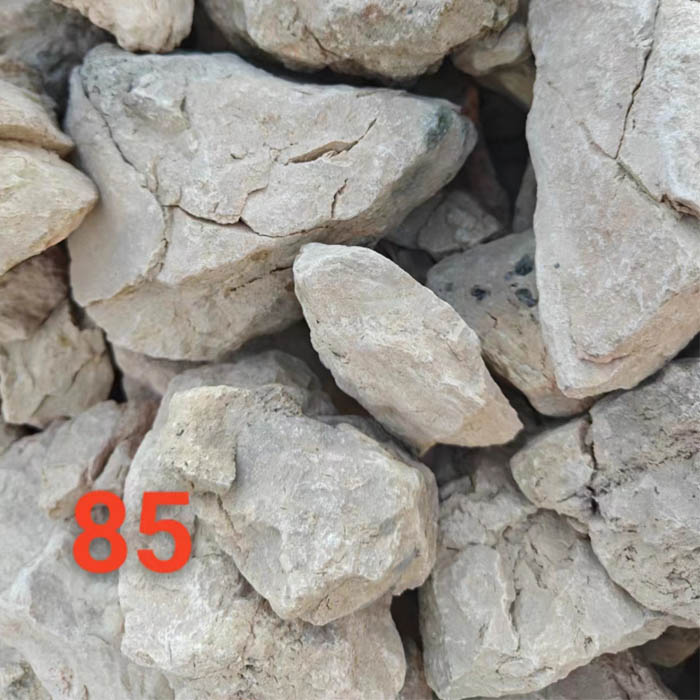Nov . 12, 2024 07:12 Back to list
china secondary steel making
The Transformation of China's Secondary Steel Making Industry
China, as the largest producer and consumer of steel in the world, has seen significant transformation in its steelmaking processes over the past few decades. Among the various methods employed, secondary steel making has emerged as a critical component in the production cycle. This article delves into the nuances of secondary steel making in China, highlighting its importance, methodologies, and the technological advancements reshaping the industry.
Understanding Secondary Steel Making
Secondary steel making refers to the processes that occur after the initial melting of iron and steel scrap. It involves refining molten steel obtained from electric arc furnaces (EAFs) or basic oxygen furnaces (BOFs) to enhance its quality and performance. The primary aim is to eliminate impurities, adjust chemical compositions, and achieve the desired properties. This step is crucial as it ensures that the final product meets specific standards required for various applications.
In China, the growth of secondary steel making is significantly influenced by the increasing demand for high-quality steel products in construction, automotive, and manufacturing industries. The shift from traditional primary steel production methods to secondary processing not only caters to the quality demands but also addresses environmental concerns associated with steel production.
Methodologies in Secondary Steel Making
The processes involved in secondary steel making typically include refining techniques such as ladle refining, vacuum degassing, and argon stirring. These techniques help remove sulfur, phosphorus, and other undesirable elements from the molten steel.
1. Ladle Refining This method involves transferring molten steel into a ladle where additional alloying elements can be added. The process is essential for achieving the required grades of steel, particularly in producing stainless and high-strength steels.
china secondary steel making

2. Vacuum Degassing In this technique, the molten steel is placed in a vacuum chamber where gases such as hydrogen and nitrogen are removed. This step is vital for reducing the gaseous inclusions that can compromise the strength and durability of steel.
3. Argon Stirring Introducing argon gas into the molten steel helps achieve uniform distribution of alloying elements and enhances the removal of non-metallic inclusions. This process is increasingly being adopted in Chinese steel mills to improve product quality.
Technological Advancements
China's secondary steel making industry is undergoing rapid technological advancements. The integration of automation, artificial intelligence, and real-time data analytics is streamlining processes and improving efficiency. These technologies facilitate precise control over the steelmaking process, enabling manufacturers to produce customized steel grades that meet specific application requirements.
Moreover, advancements in environmental technologies are playing a pivotal role. As the Chinese government emphasizes sustainable development, steelmakers are adopting cleaner production methods, such as recycling steel scrap and implementing closed-loop systems to minimize waste. This not only lessens the environmental impact but also enhances the overall sustainability of the steel production process.
Conclusion
The secondary steel making sector in China is not merely a supplementary phase in steel production; it is a cornerstone of quality assurance and sustainability. As the industry continues to evolve, driven by technological innovations and regulatory frameworks, it stands poised to meet the growing demands for high-performance steel while addressing environmental challenges. The future of secondary steel making in China looks promising, with its potential to lead in both productivity and sustainability on the global stage.
-
Fe-C Composite Pellets for BOF: Enhance Steelmaking Efficiency
NewsAug.07,2025
-
Eco-Friendly Granule Covering Agent | Dust & Caking Control
NewsAug.06,2025
-
Fe-C Composite Pellets for BOF: High-Efficiency & Cost-Saving
NewsAug.05,2025
-
Premium Tundish Covering Agents Exporters | High Purity
NewsAug.04,2025
-
Fe-C Composite Pellets for BOF | Efficient & Economical
NewsAug.03,2025
-
Top Tundish Covering Agent Exporters | Premium Quality Solutions
NewsAug.02,2025
